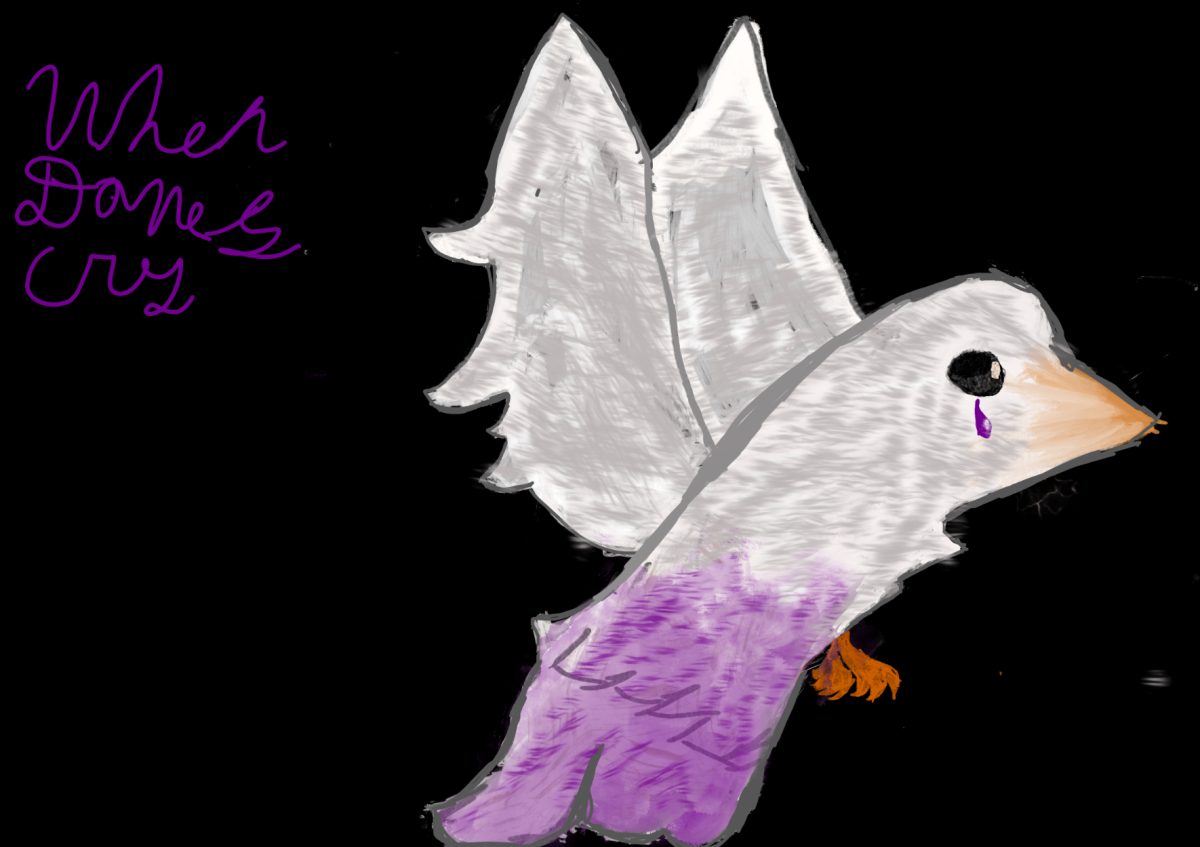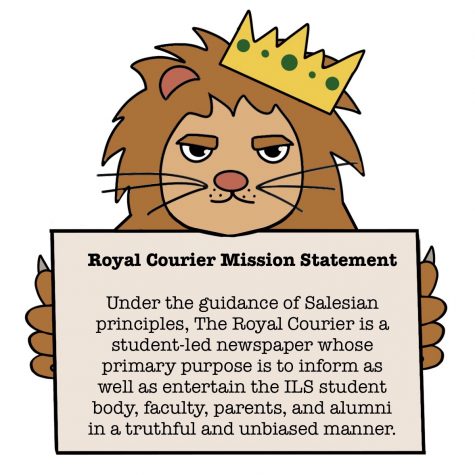Trendy Today Trash Tomorrow
October 21, 2021

For more than 260 years the world has witnessed the effects of fast fashion. The Industrial Revolution was the advent to the downfall of sustainable and ethical fashion production. Dressing to impress became a societal norm because of the quick and easy production granted by fast fashion. This may sound positive but it is far from it.
Cotton became the most prominent textile, eclipsing silk, wool and linen, which were far more expensive to produce. The production and collection of cotton was free at the time because of slavery. This cut production cost substantially allowing for factory owners to gain more capital. These factory owners looked for an advantage that would allow for higher yield, this included: child labor, non-regulated work conditions and low pay.
When the United States government finally decided to do something about it, companies found a way of maintaining their production cost low. This was achieved by offshoring. In countries like Mexico, Thailand and Indonesia there are no regulations on work conditions, allowing companies to manufacture their products just like they did before the US government intervened. Companies like GAP, H&M and Zara turn a blind eye to what is happening across the world and only own up to them when someone calls them out. When they are exposed they quickly just transfer to some other unregulated factory in another part of the world.
Unsuitable working conditions aren’t the only thing fast fashion based brands are responsible for. The reckless process of quickly and cheaply creating garments is having a monstrous toll on the environment.
85% of textiles and almost 100% of garmnets, 10% of which never see a store front, end up in landfills.
The pieces that are sold get worn an average of 7 times before making their way to landfills. Unfortunately, when people choose to do something about it and donate the clothing to companies like GoodWill or the Salvation Army most of what is donated is not suitable for sale or donation so they just end up in mountains of trash.
Along with contributing to the globe’s trash problem, they are also contributing to the excess of Carbon Dioxide, producing 10%. This is because of the different stops around the world to produce, tag, process and ship clothes.
Fast fashion is the second biggest consumer of the Earth’s water supply.
A single pair of jeans requires 1800 gallons of water. Jeans that are being made in countries that already have water supply problems.
WHAT CAN YOU DO?
One thing you can do is up-cycle. Up-cycling is taking a garment you no longer wear and changing it up to form a brand new clothing item to add to your closet. By revamping clothes you will not only save money but help the environment
Another thing you can do is thrift your clothes. Thrifting is getting more popular by the year and has become a great help to stop fast fashion and it’s also cheaper. You can also combine both ideas and up-cycle clothes you have thrifted.
Buying clothes from sustainable and eco-friendly brands is another effective way to help with ending fast fashion. Here’s a list of recommended brands.
There are various ways to help contribute to ending fast fashion, these are just a few.















